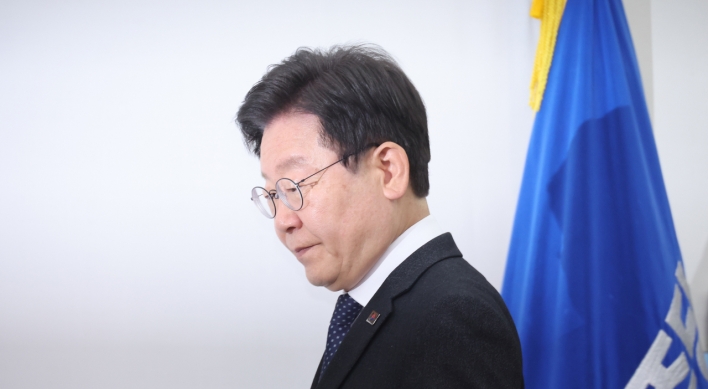From the perspective of domestic politics, the fundamental problem with free trade agreements is that certain segments of the national economy end up with the short straw even if the country as a whole benefits.

When someone asks, “Why should I sacrifice for the benefit of others?” there’s got to be an answer from the government: “Do not worry, we’ve got your back.” In many countries, that is the only way any trade deal can survive domestic politics. How to formulate an assistance package for those who may get shortchanged from a trade deal has now become the most difficult homework for a government negotiating an FTA.
Many trade agreements commonly restrict targeted governmental support for certain industries or allow support only in prescribed ways. So, a government is left in a catch-22 situation: It should help and is willing to help, but is largely not permitted to do so under applicable trade pacts.
Forget about trade pacts. From the political perspective, promising to offer a package of compensation and emergency rescue is virtually the only way to secure the necessary domestic support for trade deals.
This debate over “how to” and “who to” save had delayed the ratification of the Korea-China FTA since June. On the last day of November, the National Assembly finally ratified the deal along with New Zealand and Vietnam FTAs. This is relieving news, as the absolute deadline for the legislative process to bring the treaties into effect within the year was Nov. 30 — the latest point to complete all the remaining proceedings in time after the legislative voting: A treaty conclusion entails a complex domestic process under the law. Now it seems that the entry into effect within the year is within reach.
This agreement with China adopts a tariff reduction schedule purely based on the calendar year of the final consummation of the deal. The first-year reduction schedule applies even if the effective date becomes Dec. 31, in which case the second-year reduction schedule kicks in the next day, Jan. 1, 2016.
If, on the other hand, the final completion comes on Jan. 1, the whole year next year will have to stick to the first-year schedule.
Think tanks estimate the monetary loss from missing the Dec. 31 deadline at 1.5 trillion won ($1.5 billion): to put it visually, this is roughly 70,000 compact sedans. As the reduction schedule applies for 20 years, the one-year delay in the front end also means that the total schedule is pushed back by a year. So, the potential cumulative effect could be larger than 1.5 trillion won annually. Making efforts to meet last Monday’s deadline was thus critical, at least for Korea.
As a condition for the clearance of the legislative process, a new fund is going to be established using contributions from manufacturing companies and trading entities that stand to benefit from freer trade with China. Monetary assistance will then be provided to “affected” industries, mainly the agricultural sector.
There is no information available yet as to who will contribute and how much. If the contribution is somehow allocated to paying companies based on export performance, it may raise a consistency issue with existing trade agreements. Doling out monetary support to designated industries would also raise another legal issue under the agreements. It all depends on specific components of the proposed assistance fund. As far as we can tell, no country has adopted this type of scheme before — arranging to transfer money from the beneficiaries of a trade deal to affected sectors.
Unquestionably, we have to make sure that the benefit of a trade agreement is fairly distributed among domestic constituents. But having exporters and manufacturers pay as they profit is a new formula that has not been tried before. Will it set a new precedent?
By Lee Jae-min
Lee Jae-min is an associate professor of law at Seoul National University. — Ed.




![[Herald Interview] 'Amid aging population, Korea to invite more young professionals from overseas'](http://res.heraldm.com/phpwas/restmb_idxmake.php?idx=644&simg=/content/image/2024/04/24/20240424050844_0.jpg&u=20240424200058)











![[KH Explains] Korean shipbuilding stocks rally: Real growth or bubble?](http://res.heraldm.com/phpwas/restmb_idxmake.php?idx=652&simg=/content/image/2024/04/25/20240425050656_0.jpg&u=)

